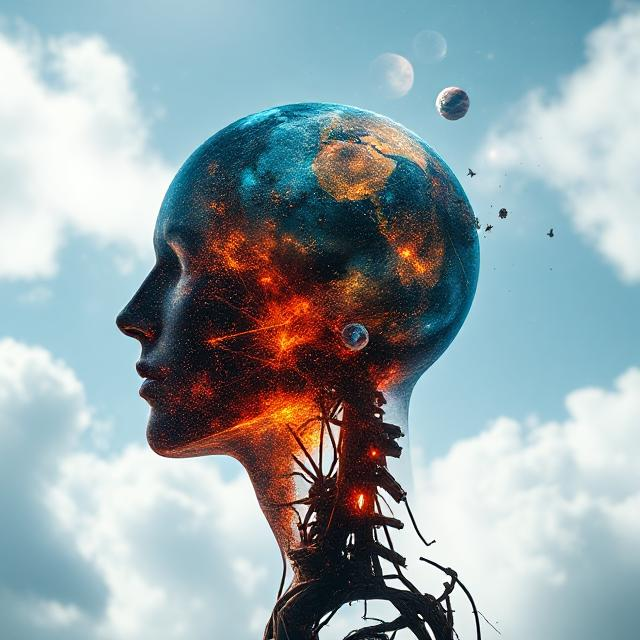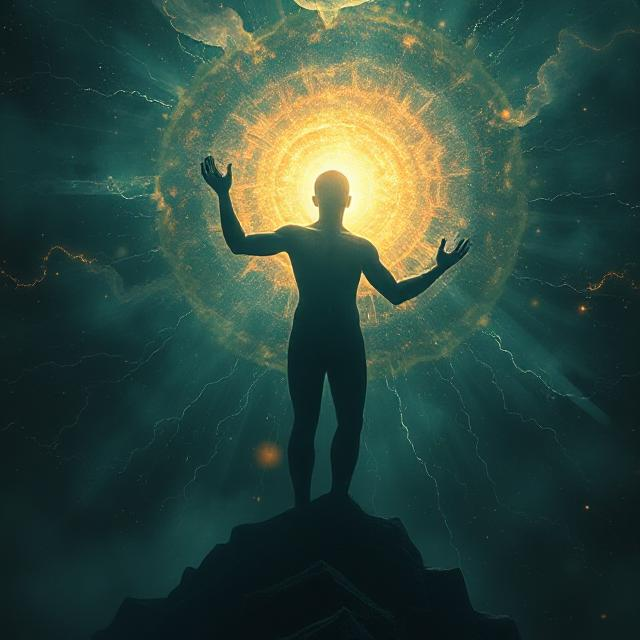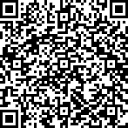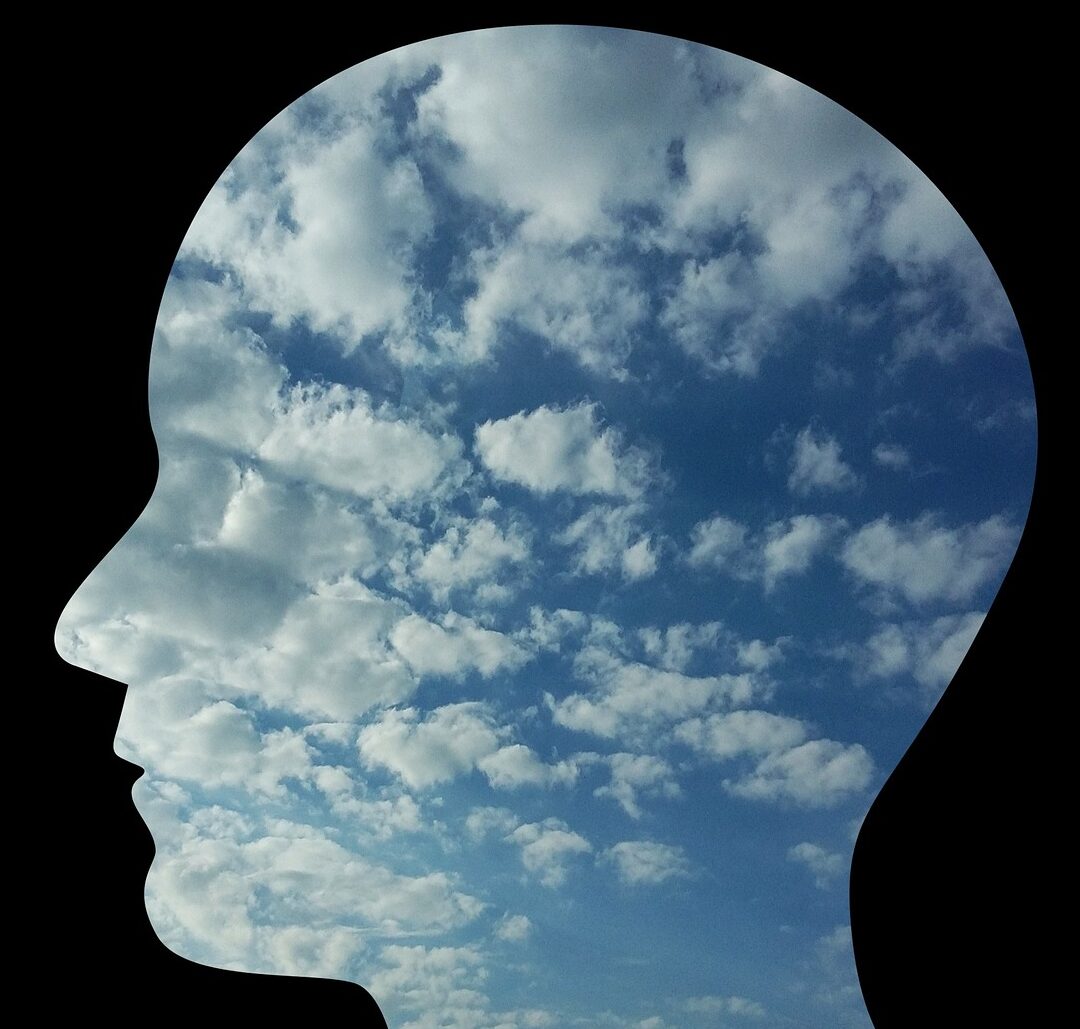Here you can see your soul! Yes, this helps, it’s like looking in the mirror! My method uses linguistic means and here is the free demo version, which includes only the 100 most used words in the English language.
Here you can find a short, more technical article about what I want to do here:

I propose a general method for identifying mental objects (word-identifiable) by presenting the user with an external stimulus, in this case a text or an image. This text or image offers a summarized, general representation of the world. After viewing the text or the image, the user records their sensations. This process can be automated with the appropriate tools.

The “Status Palette” (sP) is the core component of my method, designed to collect data on the user’s current state of mind. We present the user with a short list of potential sensations alongside a brief text passage or image. This serves as the external stimulus against which the user rates the intensity of their experience.
This simplified model is highly reductive, omitting numerous important details (representing approximately 0.5% of the full scope). We are currently using a single level (although at least three would be ideal).
We recognize five senses: touch, taste, smell, hearing, and sight, to which I’ve added “perspective” (a derived sense, representing how the brain spatially relates objects to one another).
The mind is a universal space where objects are word-identifiable. Each mental object is unique to the individual, yet supports a verbal convention for communication and refinement. Every mental object (simple or compound) can be identified through a combination of the six senses and communicated through words. Identifying the unique combination of senses present in a given situation can suggest a corresponding word or words. These identified words can then be used to generate an image.
We use the following abbreviations: touch (to), taste (ta), smell (sm), hearing (he), sight (si/RED), and animation (an).
I have narrowed down the possible sensations to:
- Touch: COLD / MTO (median sensation) / HOT
- Taste: SALTED / MTA (median sensation) / SWEET
- Smell: DECAYED / MSM (median sensation) / FRESH
- Hearing: SOFT / MHE (median sensation) / LOUD
- Sight: WHITE / RED / BLACK
- Animation (sense of space): SLOW / MAN (median sensation)/ FAST
In the provided form, users rate the intensity of their sensations for each of the 18 sensations. The program automatically links these ratings to a string of words. These identified words, relevant to the user, are then used by image generation software. Only the 100 most frequently used English words have been incorporated into the matrix, although this should include the entire dictionary and an imagined additional dictionary of the user’s private language. This model, using only 0.5% of its potential capacity, and may produce inaccuracies or similarities. Please remember that this is a free version.
The 5 words found by my program, seem to be relevant to your mind at the time of the sincere completion of the questionnaire. These words, in the order received, can be sent to a program that can generate an image or text, using what we now call “artificial intelligence”. The image or text can represent a small gateway to your mind.
HERE is the list of the 100 most used words in the English language, for which we have built code arrays. Only some of these words will indicate a possible mental construct.
This exercise requires deep introspection; otherwise, it may be a waste of time.
Read and imagine the text in Option 1 or look at the image in Option 2 before completing. You can always return to the text or image. Use Option 1 or 2, or both at the same time, and perhaps the latter would be the best solution. Complete the form, rating the intensity of the feeling you feel with 1,2,3, where 3 is the most intense.
Option 1. Please carefully read the following text and rate the intensity of the sensations on the form below:
The person of a man is a conscious being whose inner world holds a silent universality—a vast, invisible universe where all that is known, imagined, or yet to be dreamed finds a place. Throughout life, he must seek to uncover this hidden order within, striving for truth, meaning, and the harmony between his inner cosmos and the world he inhabits.
Option 2. Please look at the image and write down the sensations you have in the table.

I designed the model well but I’m still working on the javascript programming part. Sorry, I’m not good at it!
Simplified version in work HERE
I created a questionnaire that containing 18 questions. Following the answers, the user will receive an image that represents an approximation of his mental state.
The algorithm is as follows:
- On one file (1) I have18 multidimensional arrays divided for 6 senses, with 3 sensations for each. In another file (2) I have100 multidimensional arrays corresponding to the semantic definitions;
- After the user chooses, according to a questionnaire, a sensation for each sense (x6) an multidimensional array wich is formed from the file (1) is compared to all multidemensional arrays from the file (2).
- The generated set of words can be used to generate an image, which can be attributed to the mind at a given time. If I’m right, the mind can be stored in part on an external medium. The developed application can have therapeutic or artistic effects and can be used for various technical purposes. Traveling with unlimited speeds or eternal life seem to be possible, right? 🙂
The program is limited and written for demonstration and free purposes. The list of 5 words provided, must be added as a central element, to a description you make about yourself and sent to an image generation program using Artificial Intelligence.
Warning: It is possible that due to the simplified algorithm for the purpose of demonstration, it causes numerous similarities.
HERE you can find help with the English language, word definitions, synonyms and antonyms.
You can help me develop the program with a small donation. Thank you!

Below are some of the images generated for different people.



